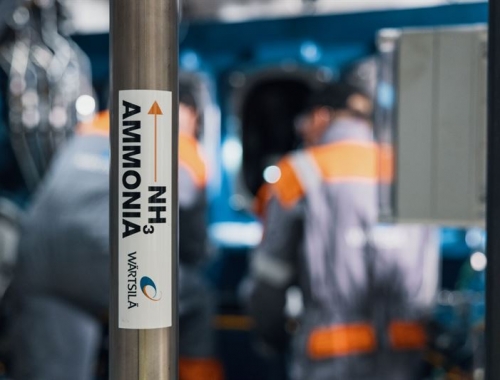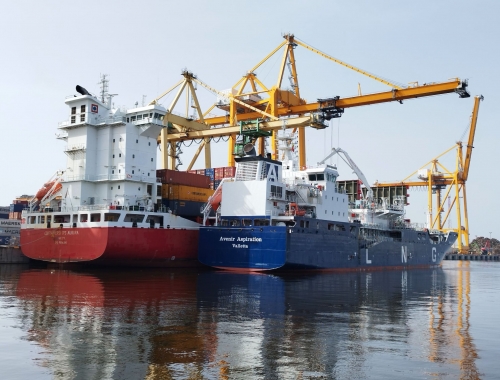Financing still needed to curb flaring, says World Bank
SUMMARY
The World Bank says there are 2,000 medium-sized flares that could be addressed by financing, but says there are significant barriers to investment.
By Callum CyrusPOSTED IN:
Financial institutions still have work to do to address most oil and gas flaring emissions, the World Bank said on March 22.
That is according to the bank's Financing Solutions to Reduce Natural Gas Flaring and Methane Emissions paper, which sets out a framework to achieve zero routine flaring by 2030. The bank is pursuing the zero routine flaring target in partnership with oil companies and national governments.
The World Bank says addressing the challenge is vital because hydrocarbon producers still flare enough associated gas globally to power sub-Saharan Africa. And oil and gas is not expected to begin declining as a share of overall energy production until 10 years later, in 2040.
Despite achieving a 19% decrease in total flaring volumes since 2003, financing arrangements could still help to address 60% of the outstanding 142bn m3 of gas that currently results from extraction flaring exercises. In 2019, methane discharge associated with routine flaring accounted for half of the oil and gas sector's 15% share of global energy sector emissions.
The 60% estimate refers to 2,000 medium-sized flares identified from satellite data from the Global Gas Flaring Reduction Partnership. The World Bank's paper set out to analyse key barriers to investment at these projects along with success factors and modelling of cost-effective finance options for medium-sized flares.
Barriers to financing the medium-sized projects include a lack of prioritisation by operators, unsupportive regulatory environments, inadequate infrastructure and macroeconomic risks. The bank calls the addressable flaring sites the "missing middle", and says the financing industry must now develop viable product offerings to meet their needs.








